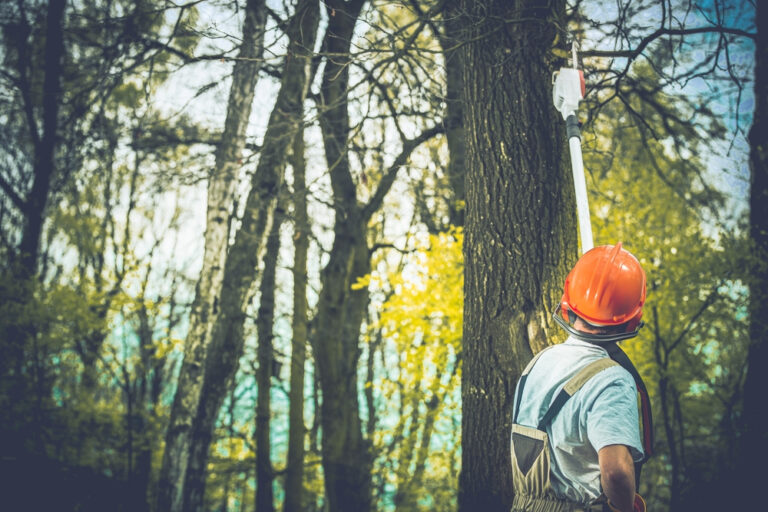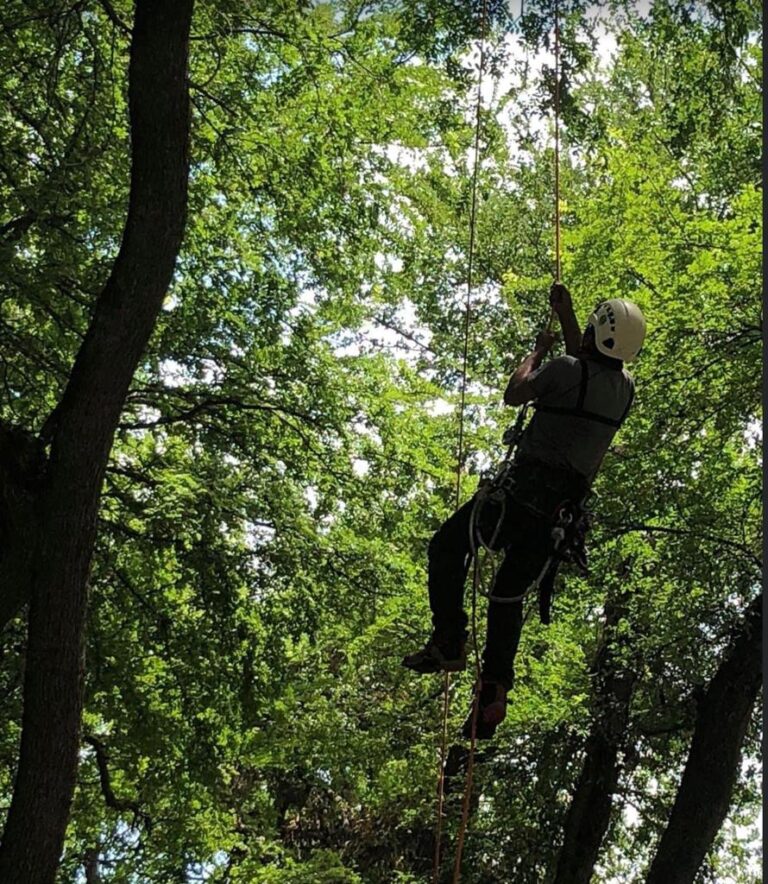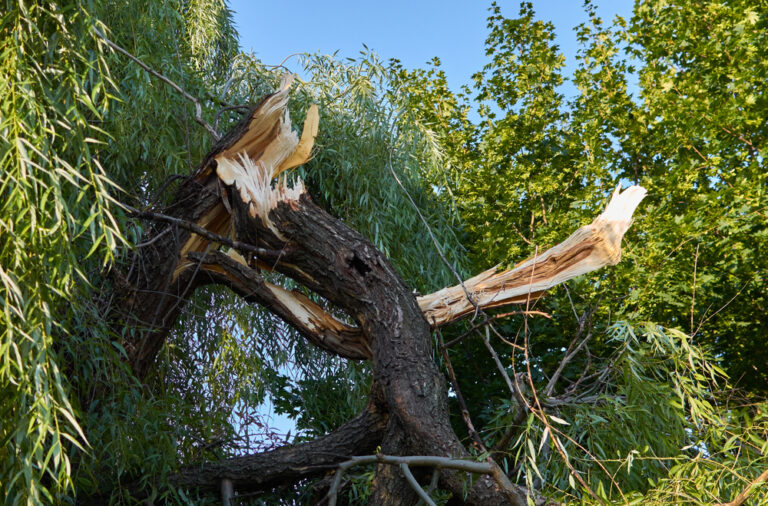The Art of Tree Trimming: A Guide for Different Tree Types
Tree trimming, a crucial practice in arboriculture, involves the selective removal of branches to enhance a tree’s structure, health, and aesthetics. It ensures the safety of nearby structures and people, promotes healthier growth, and helps maintain a tree’s desired shape. Understanding the nuances of tree trimming, especially across different tree trimming types, is essential for anyone looking to maintain their landscape effectively.
Types of Trees and Their Trimming Needs
Different tree types require distinct trimming approaches. This section delves into the specifics for each major tree category: deciduous, evergreen, fruit, and flowering trees.
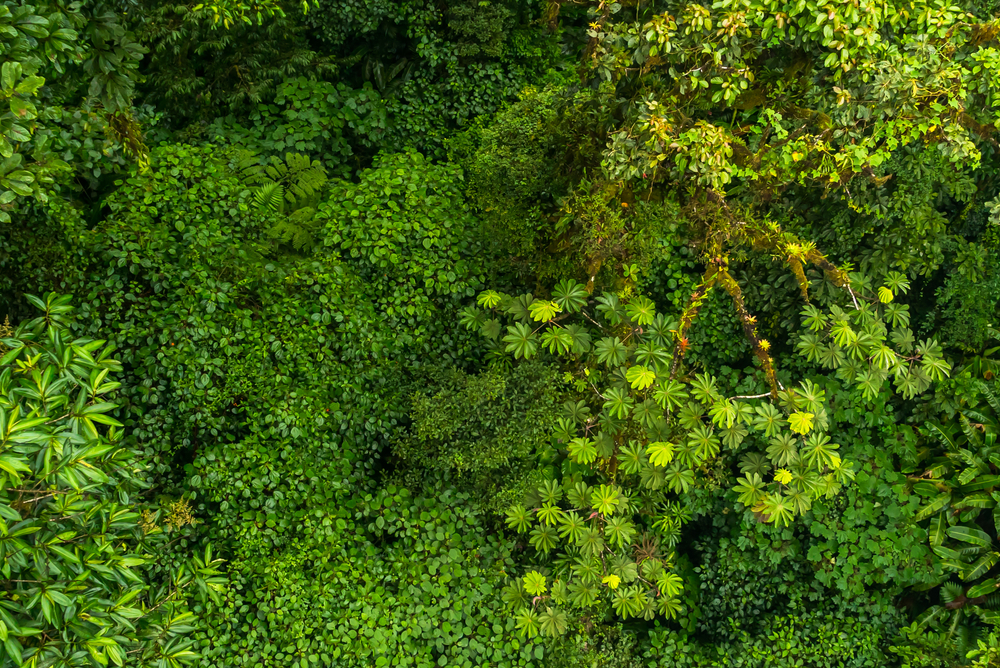
Deciduous Trees
- Definition and Examples:
Deciduous trees shed their leaves annually, typically in the fall. Common examples include oak, maple, and birch trees. These trees enter a dormant phase in winter, making them easier to manage. - Best Time to Trim:
The optimal time to trim deciduous trees is during their dormancy, typically in late winter or early spring, before new growth begins. Trimming during dormancy minimizes sap loss and reduces the risk of pest infestation.
Techniques for Trimming:
- Thinning: Remove select branches to improve light penetration and air circulation.
- Crown Reduction: Shorten the height or spread of the tree by pruning back to a lateral branch.
- Deadwooding: Remove dead or diseased branches to promote healthy growth.
Evergreen Trees
Definition and Examples:
Evergreen trees retain their foliage throughout the year. Notable examples include pine, spruce, and fir trees. These trees provide year-round greenery and serve as windbreaks or privacy screens.
Best Time to Trim:
Evergreens are best trimmed in late winter to early spring. However, light trimming can be done anytime except during the harshest winter months when branches are more brittle.
Techniques for Trimming:
- Shearing: Shape the tree by cutting the outer growth, commonly used for hedges and formal landscapes.
- Selective Pruning: Remove specific branches to control growth and maintain the natural form.
- Crown Raising: Trim lower branches to provide clearance for buildings, vehicles, or pedestrian paths.
Fruit Trees
Definition and Examples:
Fruit trees, such as apple, cherry, and peach trees, are cultivated primarily for their edible fruits. Proper trimming enhances fruit production and tree health.
Best Time to Trim:
The best time to trim fruit trees is late winter to early spring, before new growth starts. This timing helps stimulate robust growth and prepares the tree for a productive fruiting season.
Techniques for Trimming:
- Central Leader Training: Maintain a single main trunk with well-spaced lateral branches.
- Thinning Cuts: Remove entire branches at their base to increase light penetration and air circulation.
- Heading Cuts: Shorten branches to promote the growth of side branches, crucial for creating a strong scaffold.
Flowering Trees
Definition and Examples:
Flowering trees, such as magnolia, dogwood, and cherry blossom trees, are valued for their vibrant and fragrant blooms. Their trimming needs differ based on their blooming cycle.
Best Time to Trim:
The timing of trimming flowering trees depends on their blooming period:
- Spring-flowering trees: Trim immediately after blooming to avoid cutting off next year’s flower buds.
- Summer-flowering trees: Trim in late winter or early spring before new growth starts.
Techniques for Trimming:
- Deadheading: Remove spent flowers to encourage more blooms and maintain aesthetic appeal.
- Shaping: Prune to enhance the natural shape and promote better blooming.
- Removal of Suckers and Water Sprouts: Cut off these vigorous, non-flowering shoots to direct energy to flowering branches.
Factors to Consider Before Trimming
Before trimming, consider several factors to ensure the health and longevity of your trees.
Tree Age and Growth Rate
Young trees require different trimming approaches compared to mature trees. Young trees need formative pruning to establish a strong structure, while older trees need maintenance pruning to remove dead or weak branches. Additionally, fast-growing trees might require more frequent trimming to manage their size and shape.
Seasonal Changes and Weather Conditions
The timing of trimming in Richmond VA, should align with seasonal changes. For instance, trimming during dormancy can prevent stress and encourage robust growth in the spring. Weather conditions also play a role; avoid trimming during extreme temperatures or wet weather, as this can increase the risk of disease and damage.
Location and Surrounding Landscape
Consider the tree’s location and its impact on the surrounding landscape. Trees near buildings, power lines, or pathways may need more regular trimming to prevent hazards. The surrounding vegetation and landscape design can also influence trimming decisions, ensuring the tree complements the overall aesthetic.
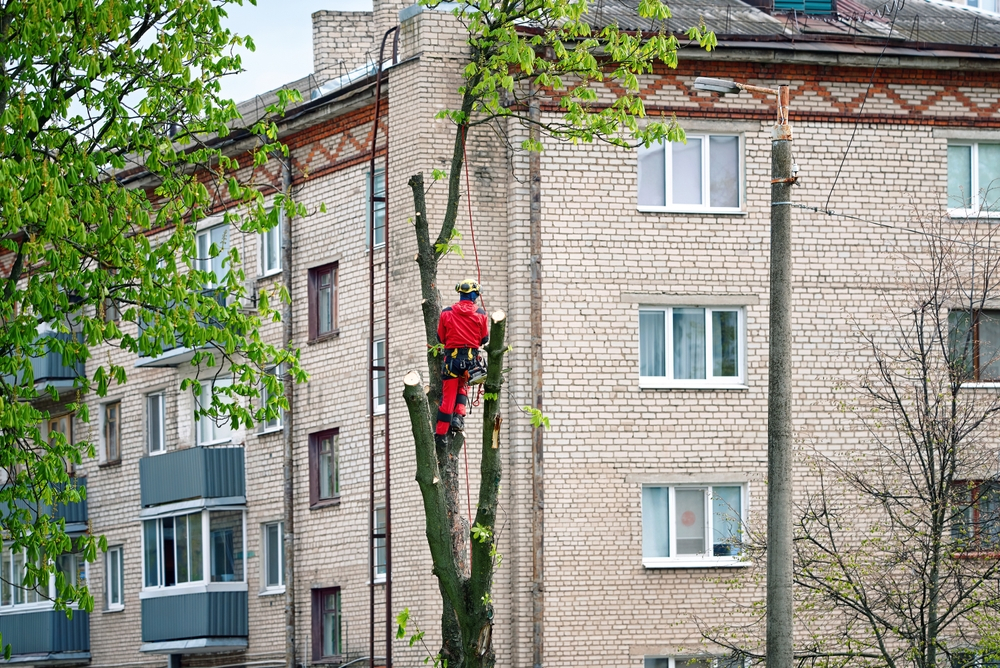
Tools and Safety Measures for Tree Trimming
Using the right tools and following safety measures is crucial for effective and safe tree trimming.
Essential Tools for Trimming Different Tree Types
- Pruning Shears: Ideal for small branches and precise cuts.
- Loppers: Suitable for medium-sized branches, providing leverage for thicker cuts.
- Pruning Saws: Necessary for larger branches that shears and loppers can’t handle.
- Pole Pruners: Extend your reach for high branches without using a ladder.
- Chainsaws: Used for heavy-duty trimming and large branch removal.
Precautions to Take While Trimming
- Wear Protective Gear: Gloves, safety goggles, and helmets protect against injuries.
- Inspect Tools: Ensure all tools are sharp and in good working condition to make clean cuts and prevent accidents.
- Ladder Safety: Use a stable ladder and have someone hold it if trimming high branches.
- Be Aware of Surroundings: Watch for power lines, falling branches, and nearby people or animals.
- Know Your Limits: Do not attempt high or heavy branch trimming without proper equipment or training.
Importance of Hiring a Professional Trimmer
For large trees or complex trimming tasks, hiring a professional arborist is advisable. Professionals have the expertise, equipment, and experience to trim trees safely and effectively. They can also assess tree health and recommend proper care practices.
Conclusion
Tree trimming, when done correctly, enhances tree health, appearance, and safety. Different tree types, including deciduous, evergreen, fruit, and flowering trees, have unique trimming needs and timing. Considering factors such as tree age, seasonal changes, and location ensures effective trimming. Using the right tools and following safety measures is essential for successful tree trimming. For large or complicated tasks, professional trimmers provide valuable expertise.
Regular tree trimming not only maintains the aesthetic appeal of your landscape but also promotes the overall health and longevity of your trees. By understanding and implementing proper trimming techniques, you can ensure your trees thrive for years to come.
Tree Trimming Richmond
(804) 533-3943
https://treetrimmingrichmond.com/

